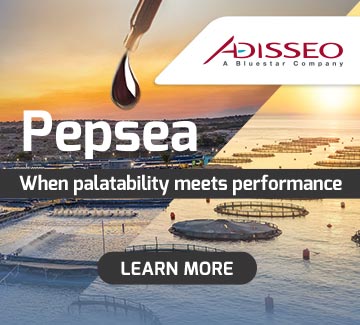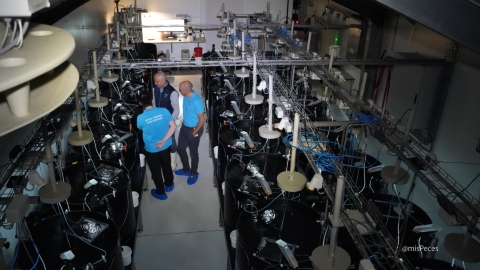
One of the most pressing challenges in recirculating aquaculture systems (RAS) is fine-tuning feeding rates without compromising water quality.
Historically, fish feeding in RAS has been managed through fixed schedules, feeding charts or basic control methods such as PID systems. Today, the advent of artificial intelligence (AI) and machine learning algorithms is enabling a more precise, dynamic and efficient approach.
One of the most promising solutions is based on a Deep Deterministic Policy Gradient (DDPG) algorithm, which helps keep feed delivery rates within optimal limits adapting in real time to environmental changes and system demands.
A study led by Wael M. Elmessery from Kafrelsheikh Univerity in Egypt, recently published in Aquaculture International, tested a DDPG-based controller that uses a neural network architecture to adjust feeding rates every 15 minutes. The system tracks six key variables: dissolved oxygen, pH, temperature, ammonia, biomass, and current feeding rates.
The innovation lies in the reward structure. The system incentivizes not only fish growth but also short-term feeding goals with long-term stability considerations. It also applies bonus rewards when water quality parameters remain within ideal ranges-such as pH between 6.8 and 7.8 and ammonia levels below 0.3 mg/L.
The smart controller also proved more responsive to environmental disturbances. For instance, after a sudden drop, oxygen levels recovered nearly three times faster than with traditional methods.
Thanks to its modular and hierarchical design, the system successfully adapted to various growth stages, environmental conditions and production scales-making it suitable for both research facilities and full-scale industrial operations.
For the aquaculture sector, these developments open up new opportunities to cut operational costs, improve feed conversion ratios, and enhance fish welfare. The authors conclude that the demonstrated improvements in efficiency, stability, and economic performance highlight the potential on this approach to transform feeding practices in commercial RAS operations.


